Huntington Disease
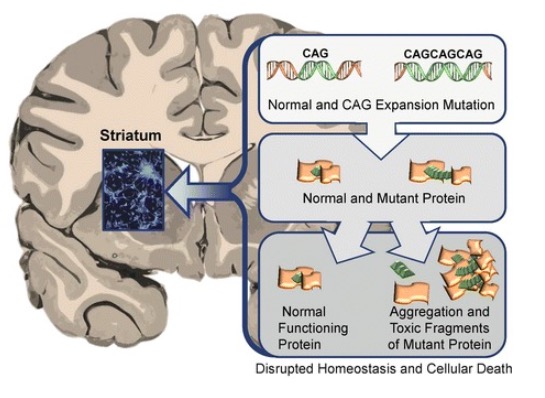
Overview Definition Huntington disease (HD) is an inherited and progressive neurodegenerative disorder that causes a choreiform movement disorder, unsteady gait, and depression. Epidemiology Age of onset is between 20 and 50 years, with an average of 40 years. Worldwide prevalence is 2.7 cases per 100,000 people. Higher in Europe: 5.7/100,000 Lower in Asia: 0.4/100,000 No […]
Hepatitis D Virus
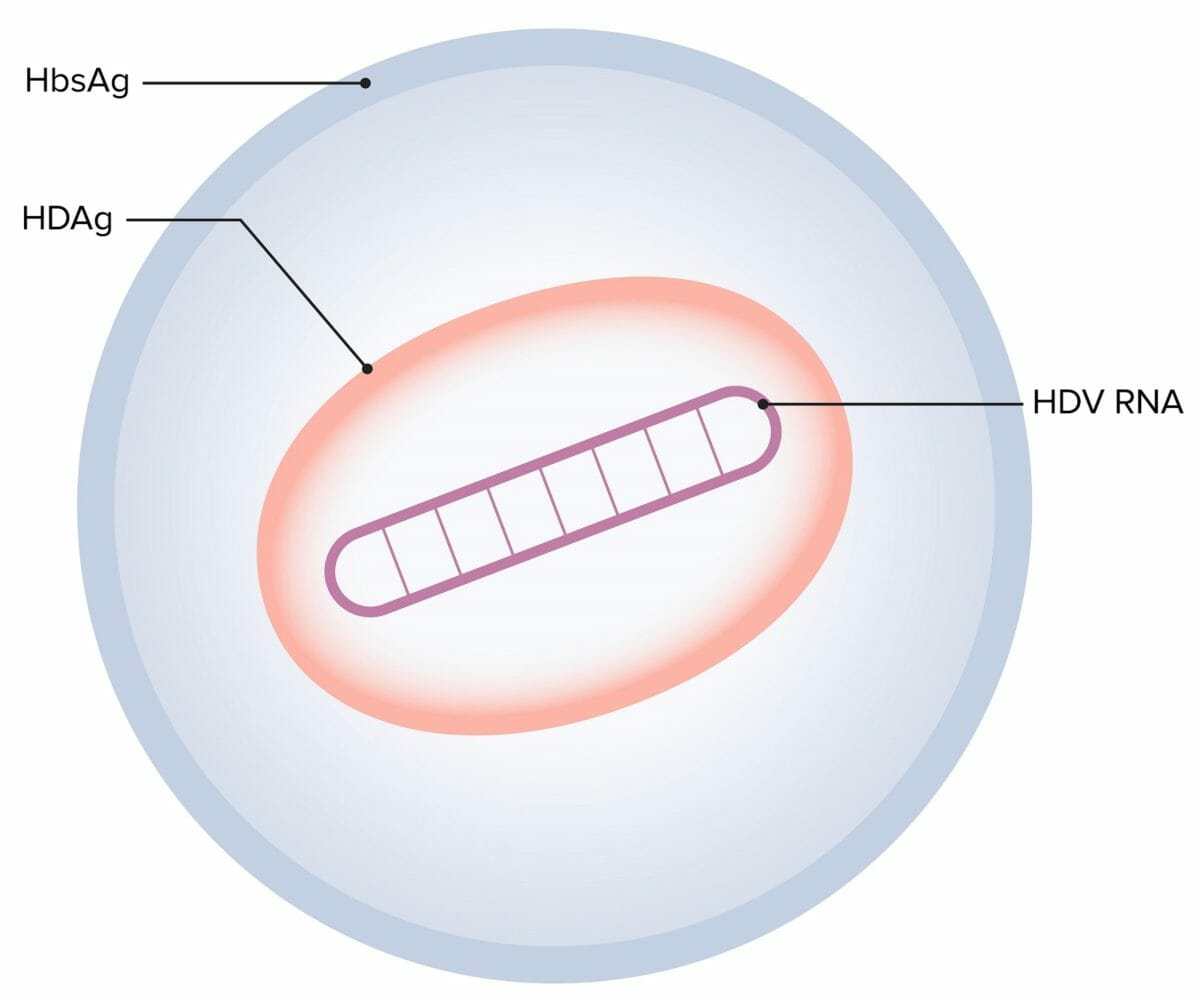
Classification General Characteristics Structure Features Epidemiology Pathogenesis Transmission Transmission of hepatitis D is similar to that of hepatitis B. Host risk factors Pathophysiology Clinical Presentation General Coinfection Superinfection Diagnosis and Management Diagnosis Table: Hepatitis D infection Serum markers Acute HBV/HDV coinfection Acute HDV superinfection Chronic HDV infection HBsAg Positive Positive Positive Anti-HBc IgM Positive Negative […]
Thyroid Hormones
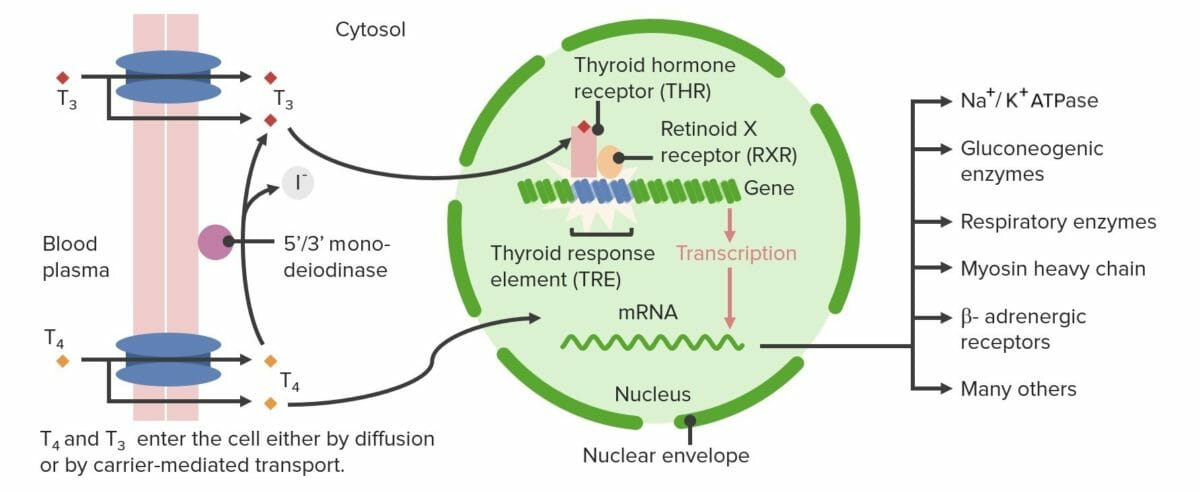
Overview Hormones released by the thyroid gland The primary hormones released from the thyroid include: The thyroid hormones, triiodothyronine (T3) and thyroxine (T4): Produced by follicular cells Act on most cells/tissues in the body Stimulate metabolism and oxygen consumption → primary regulators of body metabolism Increase circulation and respiration Promote nervous system and skeletal development […]
Ventricular Tachycardia

Epidemiology and Etiology Epidemiology Etiology Pathophysiology Clinical Presentation Family history Symptoms Exam Diagnosis Diagnosis is by ECG or cardiac monitoring. There are 2 primary types of ventricular tachycardia: Management Management of ventricular tachycardia is based on whether a pulse is present and, if it is, whether the individual is hemodynamically stable. For pulseless ventricular tachycardia […]
Vasculitides

Overview Definition Vasculitides are diseases of the blood vessels, with inflammation of vessel walls leading to bleeding, ischemia, and necrosis of distal tissue and organs. Classification The following classification is adapted from the 2012 International Chapel Hill Consensus Conference Nomenclature of Vasculitides: Large-vessel vasculitis (LVV): Takayasu’s arteritis (TAK) Temporal arteritis, or giant-cell arteritis (GCA) Medium-vessel […]
Migraine Headache

Overview Definition Migraine headaches are primary headaches commonly associated with nausea, photophobia, phonophobia, and exacerbated by physical activity. Distinguishing features: Migraine-related terminology: Epidemiology Classification Migraine headache is classified among the primary headache disorders as well as having subtypes of its own. Primary headache disorders: Subtypes of migraine headache: Pathophysiology Current consensus holds that a primary […]
Ischemic Stroke
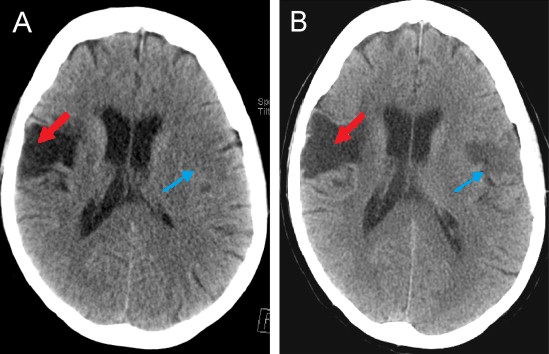
Overview Definition An ischemic stroke is an acute neurologic injury that occurs as a result of brain ischemia; this condition may be due to cerebral blood vessel occlusion by thrombosis or embolism or, rarely, due to systemic hypoperfusion. Epidemiology Etiology/classification Thrombotic stroke: Embolic stroke: Systemic hypoperfusion: Risk factors Pathophysiology A complete reduction in cerebral blood […]
Parkinson’s Disease
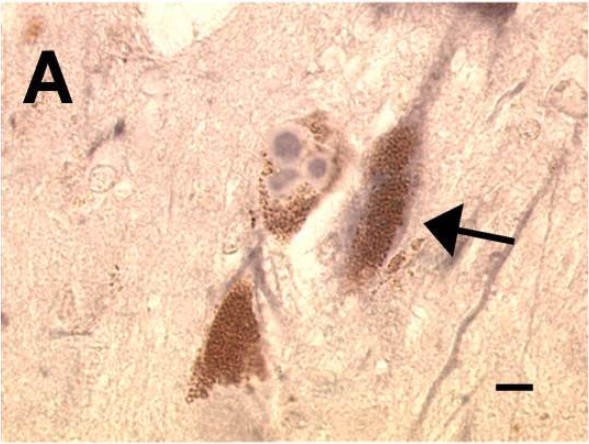
Overview Definition Parkinson’s disease (PD) is a chronic, progressive neurodegenerative disorder affecting the CNS with cardinal features of resting tremor, rigidity, bradykinesia, and postural instability. Epidemiology One of the most common neurodegenerative disorders Annual incidence: 4.5–21 cases per 100,000 population Mean age at onset: approximately 60 years Lifetime risk: approximately 2% for men and 1.3% for […]
Interferons
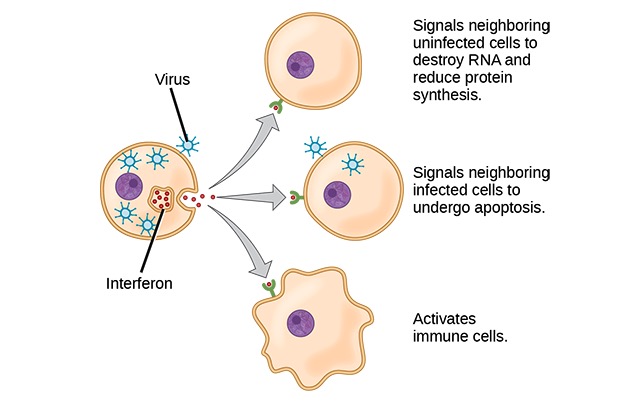
Overview Definition Interferons are a group of proteins belonging to a class of signaling molecules known as cytokines and are released by a variety of cells during the inflammatory response. General functions Types of Interferons Type I interferons Type II interferon Type III interferon Description of types of interferons Table: Characteristics of types of interferons […]
Grading, Staging, and Metastasis
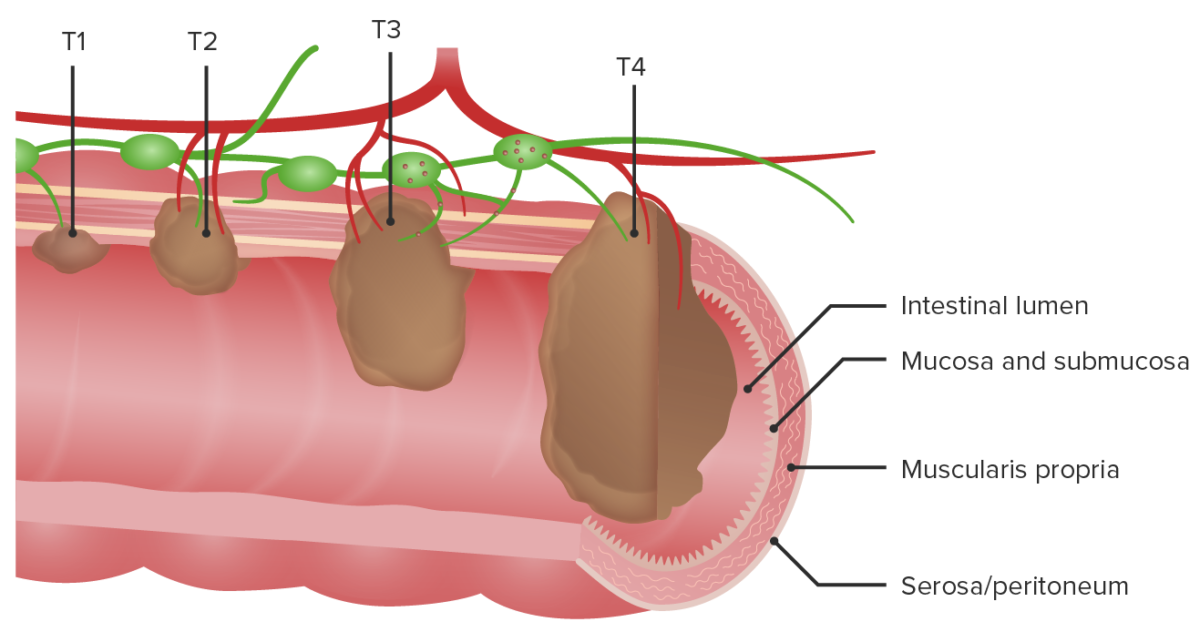
Grading Grading is the histologic assessment of tumor cells according to their state of differentiation. Grading is performed for most types of tumors, but there are specific exceptions. Tumor grading: Staging Staging for cancer describes the extent of the disease and is used to help communicate with other members of the medical and surgical team […]